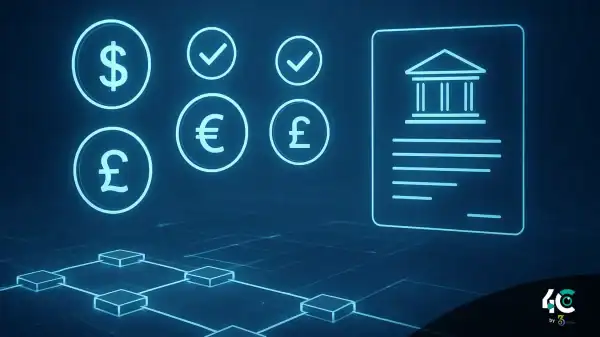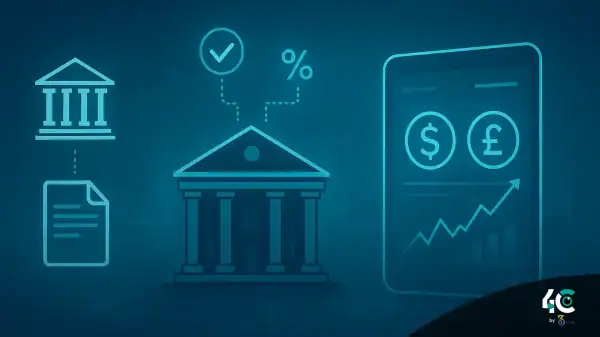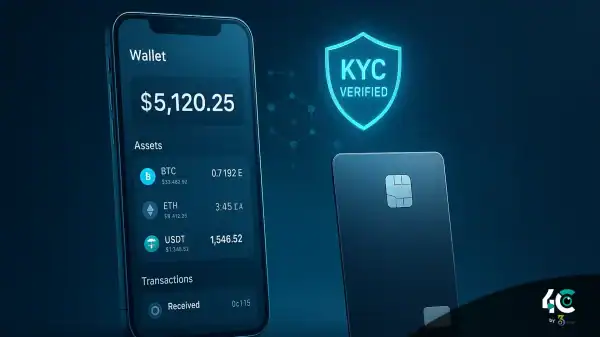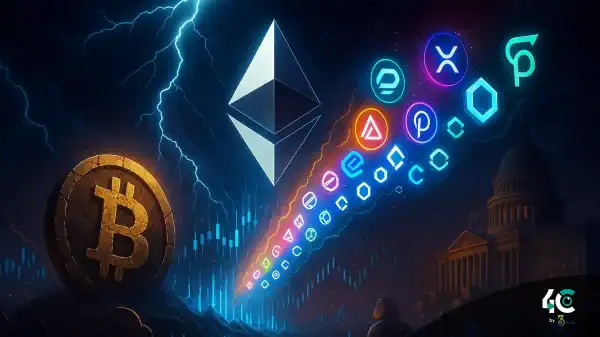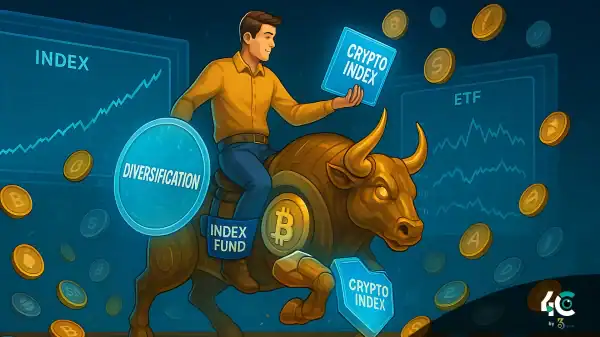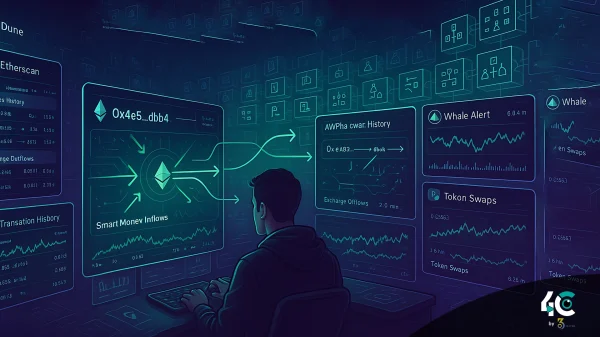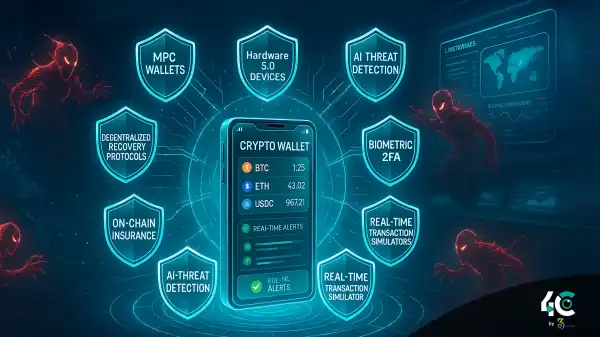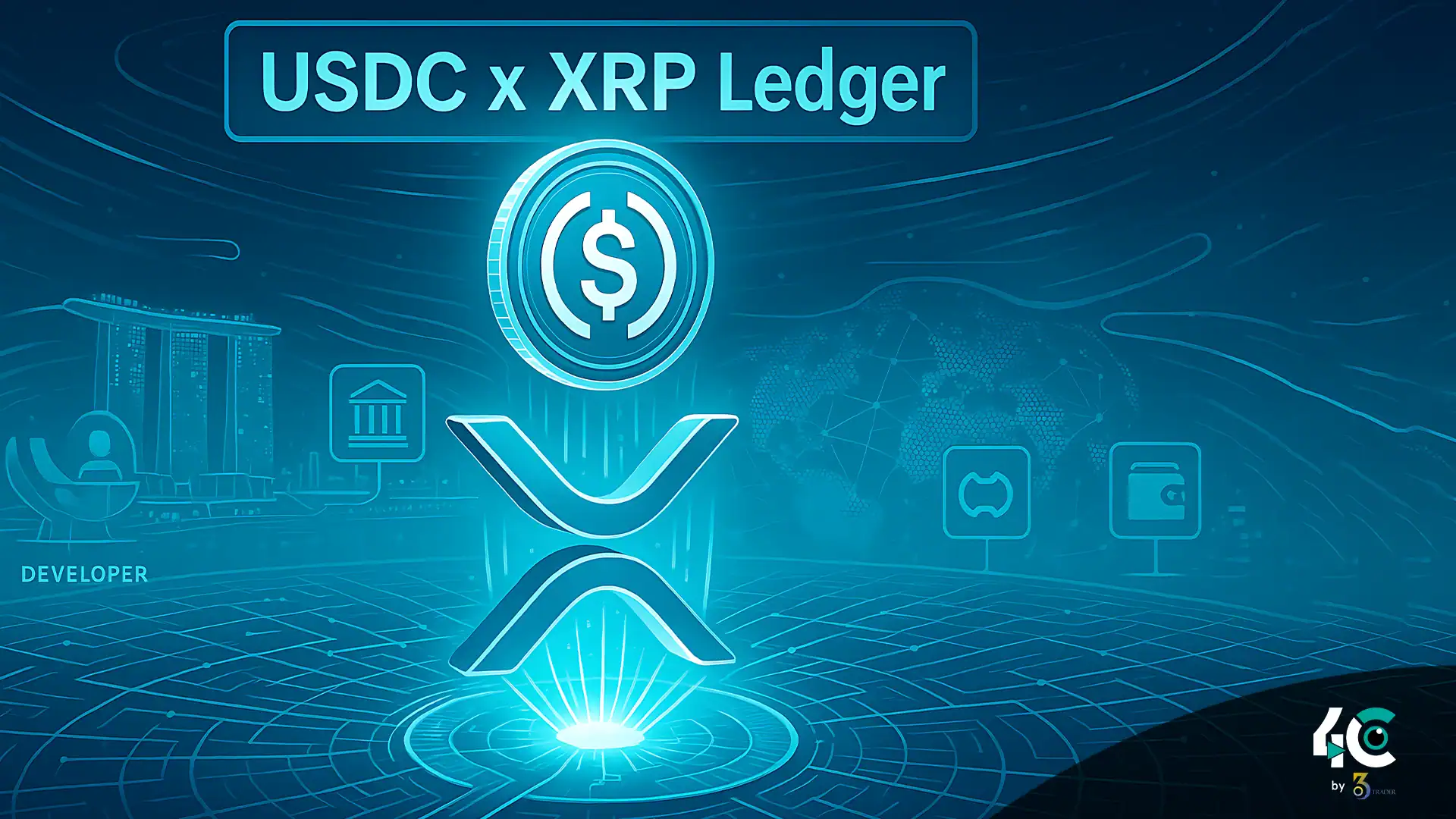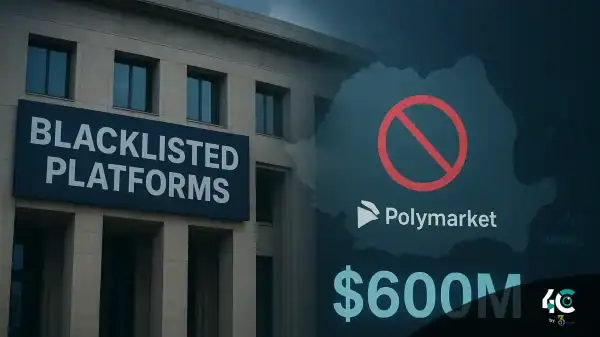Circle Expands USDC Reach with XRP Ledger Integration
Circle has officially launched its USDC stablecoin on the XRP Ledger (XRPL), a big win for Ripple and the stablecoin market. USDC is the second-largest stablecoin by market cap. Hence, the integration of USDC will facilitate cross-border transactions, encourage real-world utility, and foster a connectivity bridge between crypto and traditional finance.
Ripple recently announced that XRP can be auto-bridged so that it can act as a bridge currency across DEXs (decentralized exchanges). This enables faster and cheaper transfers of stablecoins, which are useful for remittances, payments, and other blockchain-based financial services.
Enhancing Crypto Utility, Not Speculation
Markus Infanger of RippleX believes that regulated stablecoins will help build crypto’s credentials to allow for real-world use. He stated that stablecoins serve as important bridges between traditional financial markets and crypto and are useful in more practical utility use cases rather than speculative ones.
Circle shared a similar sentiment, remarking that the launch opens new possibilities for developers and institutions to create payment and financial services using the XRP Ledger’s low-cost, scalable infrastructure.
EVM Sidechain and Market Expansion
Ripple isn’t stopping with USDC integration. Ripple’s CTO David Schwartz and Product Director Jaazi Cooper confirmed at Apex 2025 that an EVM-compatible sidechain for XRPL will launch in Q2 2025. Due to this Ethereum Virtual Machine compatibility, Ethereum-based applications will be able to run on XRPL, enabling DeFi feature integration.
The earlier testnet versions of this sidechain have shown promising results, which enabled the deployment of smart contracts, thereby bridging the gap between the Ethereum and XRP communities.
A Strategic Play Amid Stablecoin Regulation
The USDC will be rolled out as the stablecoin market exceeds $237 billion. As the U.S. government and others call for tighter regulation of stablecoins, the USDC is being regarded as the most important to preserve dollar dominance. A lot has been said about the effects of stablecoins on the economy. But officials say that stablecoins backed by short-term Treasury bills offer liquidity and enhance demand for U.S. debt. This is seen as a potential counter to de-dollarization trends.
Scott Bessent, the Treasury Secretary, has made a public commitment that the development of stablecoins will be a priority that integrates it into the economic strategy with a global outlook.
Critics Warn of Dollar Dependence
However, not all voices are optimistic. According to Max Keiser, a critic and Bitcoin supporter, stablecoins are a temporary solution to maintain the dominance of the US dollar. Keiser thinks that gold-backed digital tokens will ultimately outdo dollar-pegged stablecoins, as gold is stable and hacks inflation.
Circle’s IPO and Future Outlook
The USDC launch comes shortly after Circle went public earlier this month, with its stock opening at $31 and briefly trading over $120. Circle’s impact in public markets and blockchain collaborations shows that many investors are optimistic about tokenized digital finance.
In the future, XRPL will see more institutional participation along with stablecoin integrations and new blockchain features such as EVM sidechains.



